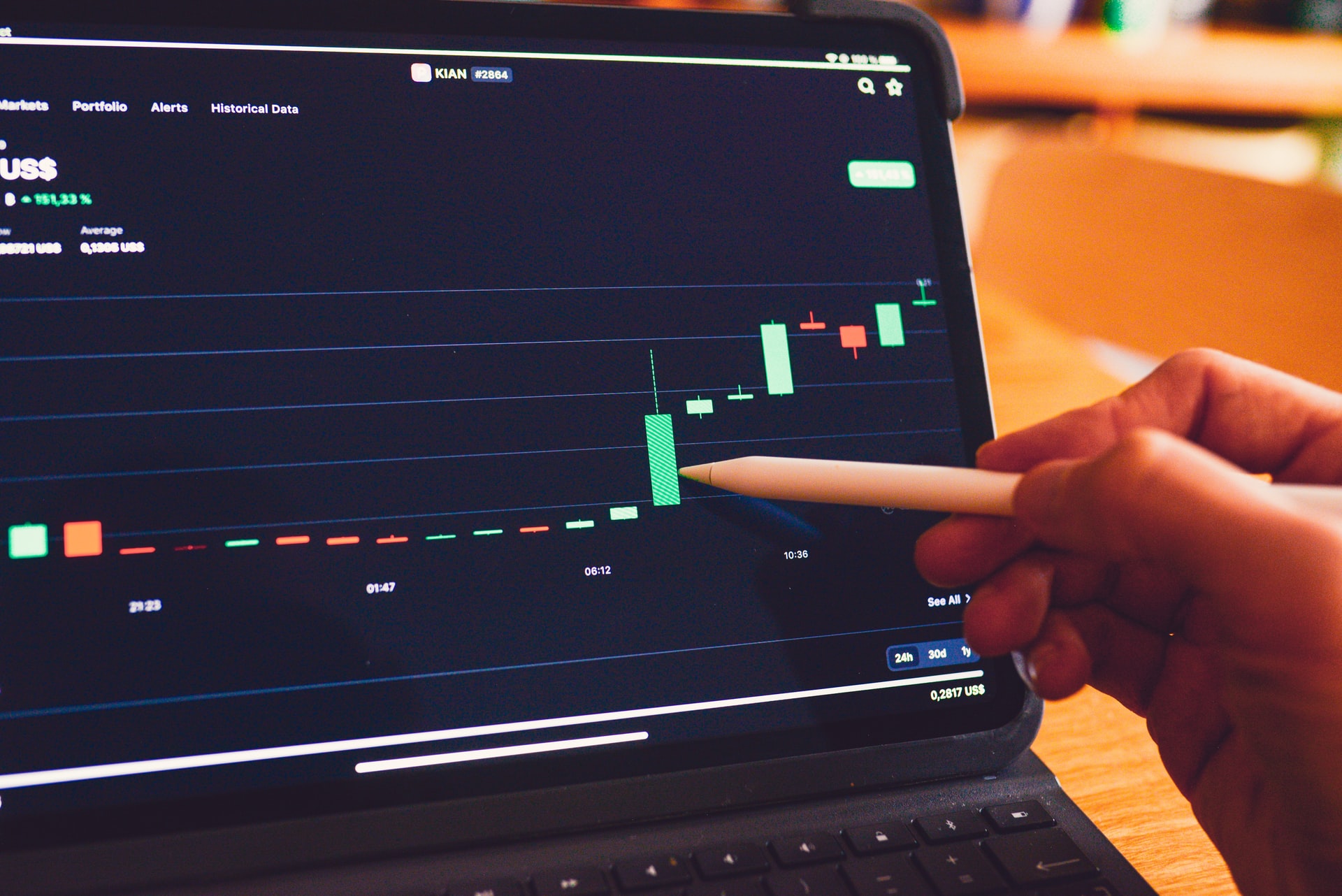During implementations, customers will often bring us a problem within their business that they are hoping VISCO will help them to solve. One recent customer came to us with the question of how to best forecast what they should be buying. In their current system, it was really hard to see what was available to sell and what was needed for the upcoming months. This resulted in overbuying of expensive products when they already had quantity in the warehouse or being short on product during the holiday season. They had a few objectives:
- They wanted to see an average of sales per month for a given product (3 months, 6 months, 9 months etc.)
- A comparison of this year’s sales against last year’s
- What Purchases are on order (in production), and if it has been already been allocated to a sales order
- What is in transit, and if it is already allocated
- Quantity in the warehouse, and if there is any allocation
- Quantity currently on open Sales Orders
The way VISCO captures data allows us to create custom reports that can help solve problems you are currently facing. The system already captures what is on order, what is in transit and what is in warehouse, and whether the goods have been set aside to fulfill an order for a customer. The system tracks the costs that were applied to products (both product cost and the actual landed cost) on purchase orders and the associated date they were entered.
By using the sales history, the report can forecast how much of the product will be needed to fulfill customer demand in the future. When we compare this to current inventory, plus in transit and inventory in production overseas, the report will help the company by suggesting an order quantity that will make sure that there is enough inventory on hand at all times to meet demand, without the need to overstock the warehouse with the unnecessary product.
We were able to arrange this information into an excel spreadsheet programmed to pick up the data based on sales averages, current order history and calculations to then give the user a good idea what they should actually be buying.
When running the report, the user can choose from any of the filters below, including product category:
We were able to color code the sales data as blue and the purchasing data as green.
As you can see below, we displayed the Total QTY in stock, Total Quantity on PO and the dates that the PO’s should be fulfilled and expected to depart the vendor factory. We then gave the Total In-transit Quantity and the date the expected container is arriving to warehouse or port.
As you can see on the rest of the report below, we were able to display a break down of sales every three months and an average of monthly sales. We also show what is available QTY available divided by average monthly usage, so the user can see how much of the quantity available will last them going forward.
The report then gives the user a Suggested Purchase QTY which they can then type into the ‘Actual Purchase QTY’ to see how many containers will be needed based on the total CBM and the total weight of the order. The user can adjust the Actual Purchase QTY to fill a certain number of containers.
If they would like to create purchase orders directly from this report, we gave them the ability to select a vendor and enter the PO number. The nice thing about this report is the user can see the total quantity for a product category, or what is outstanding for an entire warehouse and add the actual PO quantity for multiple lines, which saves a lot of data entry!
When the user clicks ‘Create PO’ it sends the information to then be updated or approved buy a purchaser in the VISCO system.





